How to unwind a cable from a drum?
The main ways
In order to unwind the cable with your own hands, use the steel axis, which is threaded through the hole in the coil. The dimensions of the steel axis depend on what dimensions the drum has. As a rule, such axles come complete with conveyors and special vehicles.
There are various ways to unwind cable products. The main ones include:
- Unwinding from a conveyor or a special car (for example, a pipe layer) that moves. If there is no such mechanism, then special sledges that can be moved with a tractor or tractor can be used. Unwinding is carried out in a trench. The coil is mounted on a conveyor or in a car body. It can also be installed on a special pipe-laying bar. It is used in cases where the structure has the ability to move along the trench, as well as in cases where there are no various obstacles inside the trench through which the wire will need to be pulled.
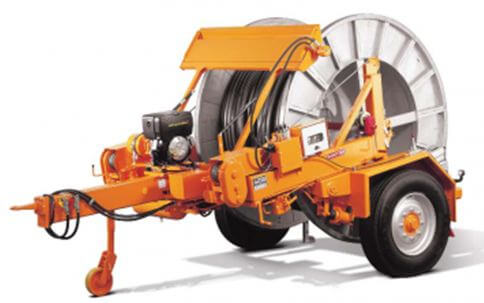
- Unwinding using a car or tractor. A drum is mounted at one end of the trench, which in turn is attached to a tractor or a vehicle that will pull the cable. This method is used, as well as the first one, namely in places where the structure moves freely along the trench and inside the trench there are no pipes or blocks through which the wire must be pulled.
- Unwinding with a rope and a drive winch. At one end of the line is a drum with wiring. The cable is unwound on the rollers of a special winch rope along the trench. It can be either with an internal combustion engine (internal combustion engine) or electrified. It is used in those moments when it is impossible to roll out from a moving device for various reasons.
- Manual unwinding. Methods 3 and 4 are similar, the only difference is that a manual winch is suitable in this technique. Such a scheme is used for laying cable products over short distances when the drive unit cannot be used (for example, there is no electric power).
- Application of winch with rollers. It is used to unwind cable in industrial premises for laying on structures in horizontal sections. The essence of this technique is as follows: equipment is installed on the jack, which unwinds the cable with an electric winch with rollers.
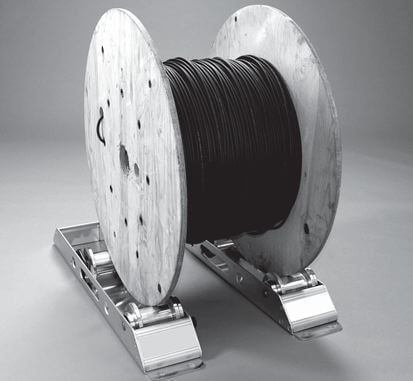
- Unwinding without rollers, manually. The power cable is unwound manually.Used when installing wiring at a small distance when using a small number of wires. For example, when one wire is laid at a distance of up to 100 m.
- Lifting using a winch. It is used when laying wires indoors on vertical sections. The bay (drum) is installed on the jack at the lower mark, the winch is installed at the upper mark. The rise is carried out due to the tension of the steel wire rope.
- Descent The drum in this method is set at the top mark. To the steel rope, which is unwound, the cable is fastened with clamps as it is lowered. This method is used on routes of mixed or vertical type, when it is possible to use a mechanism for lifting the coil to raise to the upper mark.
- Unwinding using a winch. This technique is applied at vertical distances when it is necessary to lay wiring through blocks of floor slabs or through pipes. To do this, a drum or bay is placed at one end of the trench, the winch is attached at the other end. It is necessary to unwind the device by pulling it with a rope.
- Manual unwinding. Methods 10 and 9 are similar. The only difference is that there is no need to use a device such as a winch. Also, these methods are similar in scope. Used with pipe lengths up to 20 m.
You may be interested in information on how to conduct flame retardant treatment of cable routeswhat you can learn from our article!
Unwind devices
Various devices and devices are used to unwind cable products. For example, it can be a conveyor carriage, a mobile or stationary holder, a platform for reels, as well as rollers that unwind the drum.
In the video below, some devices for unwinding a cable from a drum or a coil are visually examined:
That's all I wanted to tell you about the methods and devices for unwinding the cable from the drum. We hope the information provided was useful to you!
We also recommend reading:

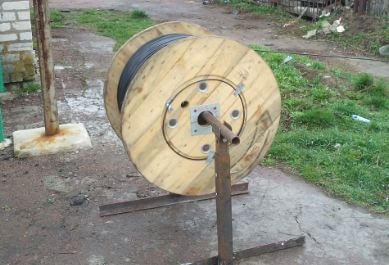
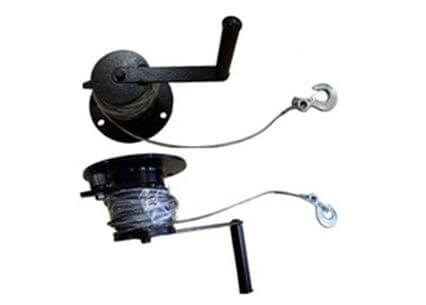

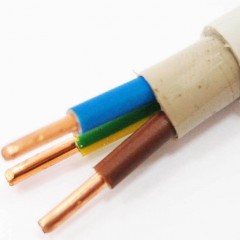
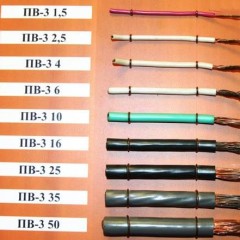
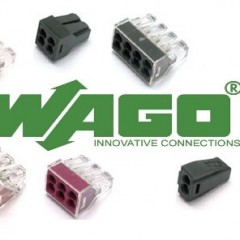

Hello. There is one more let's say so “easy” way
The cable from the reel up to type 14 can be unwound using two crowbars and a tape measure. The drum rolls up to a stable support (for example a brick wall), so that the plane of the cheek of the drum is parallel to the plane of the wall. Then the drum rolls in such a way that one of the cheeks falls on the wall (above), and the second hangs in the air. If the drum is littered, but is not stable, put it back on both cheeks and increase the distance between the wall and the cheek of the drum and repeat everything from the beginning.
Next, the length of the upper turn is measured with a tape measure (just like a tailor measures the waist volume), let's say 2.5 m. Let’s say we need to rewind 125 meters, so we divide 125 m by 2.5 m and we get that we need to rewind 50 turns. We throw them off through the upper cheek of the drum. If the cable is rigid (such as VVG or VBBSHV) after laying the scrap in such a way that the coils lie on one edge, if the cable is flexible (KG, KGtp), then we drop the coils through the cheek into a heap, subsequently laying them in a bay in the direction of winding (the direction is noticeable immediately, when it is wrong, the cable will not be laid), just one edge on the scrap. Having looked at the estimated number of turns, it becomes clear that the last turns have become shorter, because the diameter of the wound cable (on the neck of the drum) has become smaller, to correct this decrease, do the following.We measure the length of the turn, similarly to the operation at the beginning, let's say 2.3 m, then we calculate the arithmetic average between the length of the first and last turn in our case it will be (2.5 + 2.3) / 2 = 2.4 m. The required number we divide 125 meters by the calculated average turn length, i.e. 125m / 2.4m we get 52.08 turns. That is, you need to finish another 2 with a small turn (52.08 at the end minus 50 at the beginning). We cut everything, raise the scrap and tie in one place the resulting cable bay. Fill the drum on its side, you can swing it from cheek to cheek, or crowbars. I personally filled up one drum of t. 12 up to 500 kg in weight. And with the help of a hydraulic trolley (Rokla) and scrap, a drum of 14,500 kg was dumped on my side. It is not difficult to put the drum back on both cheeks, it is enough to stand with your feet on the cheek hanging in the air and pull it on it. Something like this. Despite the apparent turbidity of the method, everything is very simple and with a certain dexterity is done at a time.